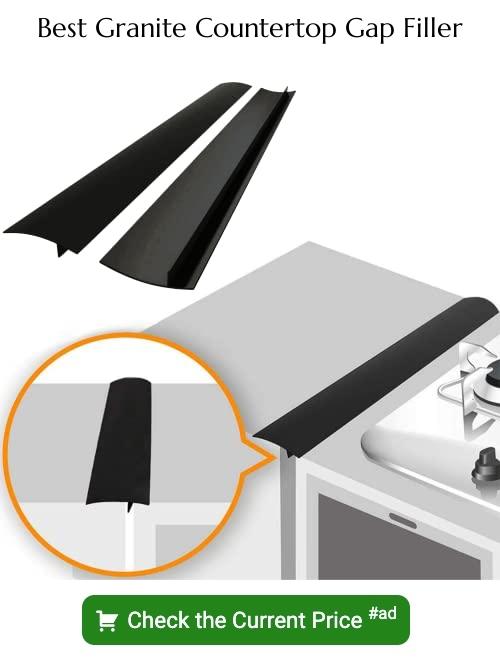Last updated on
Discover the simple steps to effectively bridge the gap between your kitchen sink and granite countertop, ensuring a seamless and functional space for all your culinary adventures.
Are you tired of food scraps and water splashing onto your kitchen countertop every time you wash dishes? Do you find it challenging to keep the area around your sink clean and tidy because of the gap between your kitchen sink and granite? If yes, then don’t worry, because you’re not alone. Many homeowners face this problem, but fortunately, there are easy solutions that can help fill that annoying gap.
In this article, I’ll be sharing some practical tips on how to fill the gap between your kitchen sink and granite effectively. So sit back, relax and get ready to say goodbye to those pesky gaps!
Key takeaways:
- Understanding granite countertops: They are porous and require sealing.
- Identifying the gap issues: Improper installation or wear and tear can cause gaps.
- Measuring the sink-granite gap: Measure horizontally and consider irregularities.
- Choosing the right filler material: Consider silicone caulk, foam backer rod, or plumber’s putty.
- Caulking for sink and granite: Clean, apply masking tape, cut caulk tube, squeeze, and smooth.
What's Inside
Understanding Granite Countertops

Granite is a natural stone that comes in various colors and patterns, making it easy to find one that matches your kitchen’s style. However, granite countertops can be expensive compared to other materials like laminate or tile.
It’s essential to understand the characteristics of granite before installing it as your countertop material. Granite is porous; therefore, it requires sealing every year or two depending on usage frequency.
If not sealed correctly or regularly maintained with proper cleaning products (avoiding acidic cleaners), stains may occur.
While granite is durable against heat damage from hot pots and pans placed directly on its surface without causing any harm over time – sudden temperature changes could cause cracks in the stone.
Identifying the Gap Issues
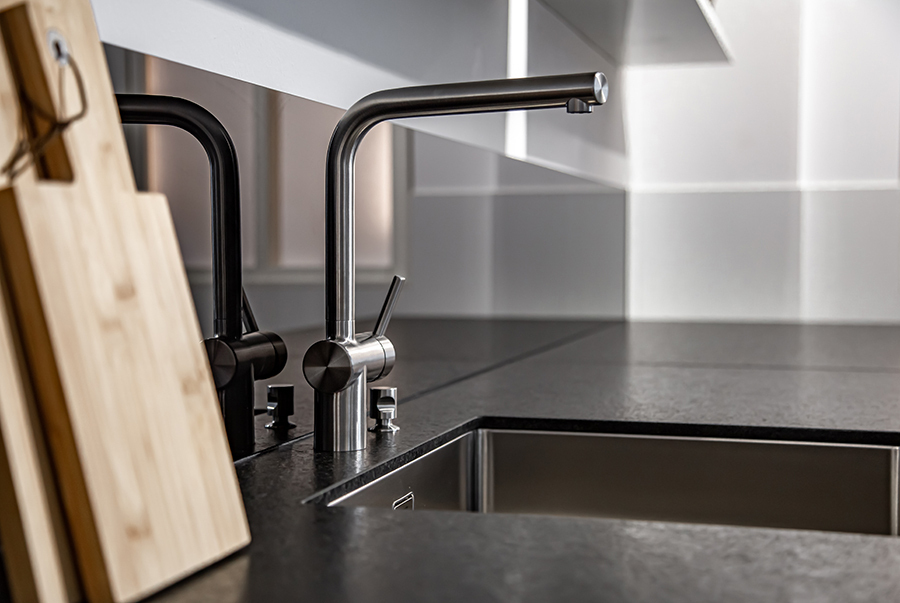
The most common issue with gaps is that they are often caused by an improper installation of either your sink or countertop. If there was a mistake during installation, such as incorrect measurements or not using enough adhesive, then this could lead to gaps forming over time.
Another reason for gaps could be due to natural wear and tear from daily use. Over time, water can seep into small cracks in the caulk around your sink and cause it to deteriorate.
This deterioration will eventually lead to larger gaps forming between your kitchen sink and granite.
It’s important also to note that some sinks come with pre-drilled holes for faucets or soap dispensers which may not fit perfectly on all countertops leading again into creating unwanted spaces.
By identifying these issues early on, you’ll be able to take appropriate measures before they become more significant problems down the line.
Measuring the Sink-Granite Gap

Measuring the gap will help you determine how much filler material or caulk is needed to fill it effectively. To measure the sink-granite gap, use a ruler or tape measure and place it horizontally across the top of your sink from one end to another.
Make sure that you’re measuring at various points along with both sides of your sink as gaps can vary in size.
It’s also crucial that you take into account any irregularities in shape or depth when measuring for filler materials such as foam backer rods or silicone caulk. Once measured, note down these measurements so that they can be used later on when selecting an appropriate filling material.
Choosing the Right Filler Material
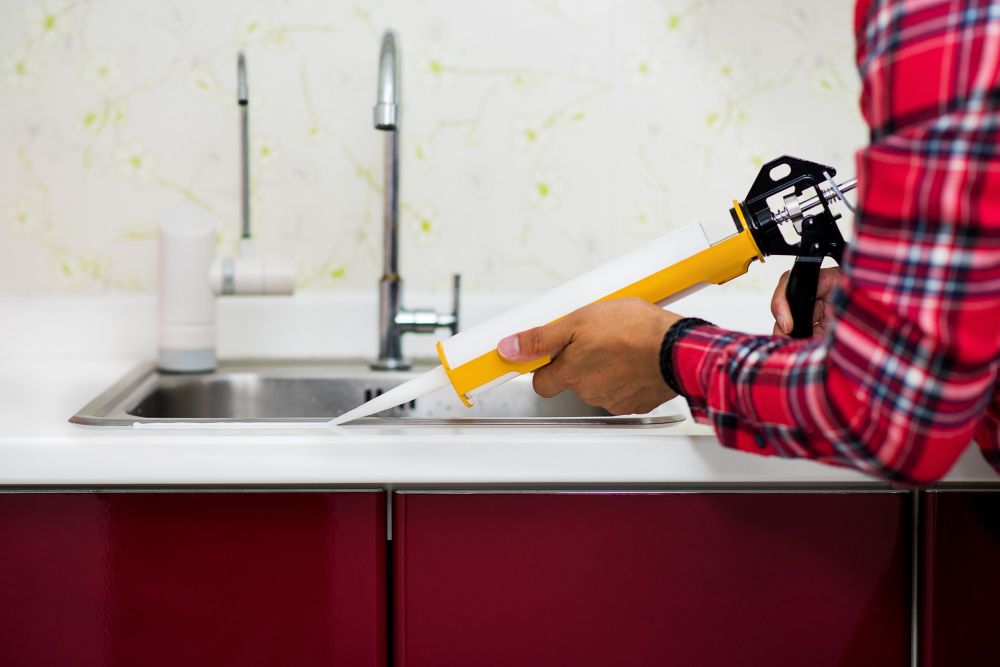
There are several options available in the market, including silicone caulk, foam backer rod, plumber’s putty and more. However, not all materials are suitable for every situation.
For instance, if you’re looking for a long-lasting solution that can withstand water exposure without cracking or shrinking over time then silicone caulk is an excellent choice. It comes in various colors to match your countertop and sink seamlessly.
On the other hand, if you want a temporary fix that can be easily removed later on then foam backer rod might be ideal as it provides cushioning while filling gaps but doesn’t adhere permanently like caulking does.
Plumber’s putty is another option that works well with stainless steel sinks but may stain porous surfaces like granite or marble countertops over time due to its oil content.
Caulking for Sink and Granite
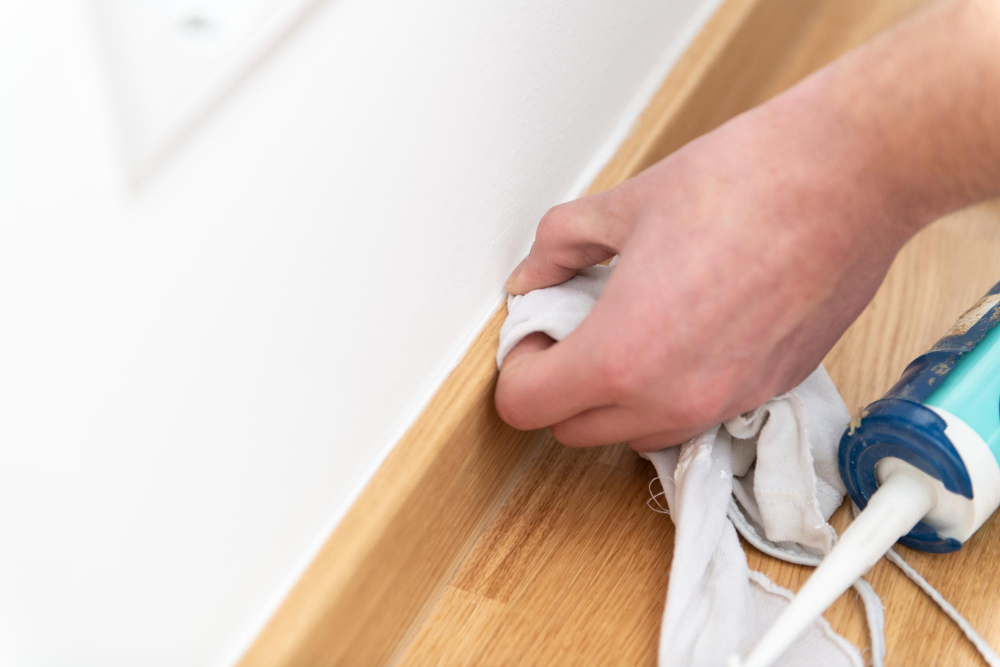
It helps to prevent water, food particles, and other debris from getting trapped in the gap, which can lead to mold growth or damage to your countertop. When choosing a caulk for this purpose, it’s important to select one that is specifically designed for use with kitchen sinks and countertops.
To apply caulk effectively:.
- Clean the area around the gap thoroughly using a mild detergent.
- Dry off any excess moisture with a clean cloth.
- Apply masking tape on both sides of the gap so that you have straight edges.
- Cut off about ¼ inch of tip from your caulking tube at an angle
- Squeeze out enough caulk into each section until it fills up completely
- Smooth out any bumps or ridges using either finger or putty knife
Using Sink Gap Covers
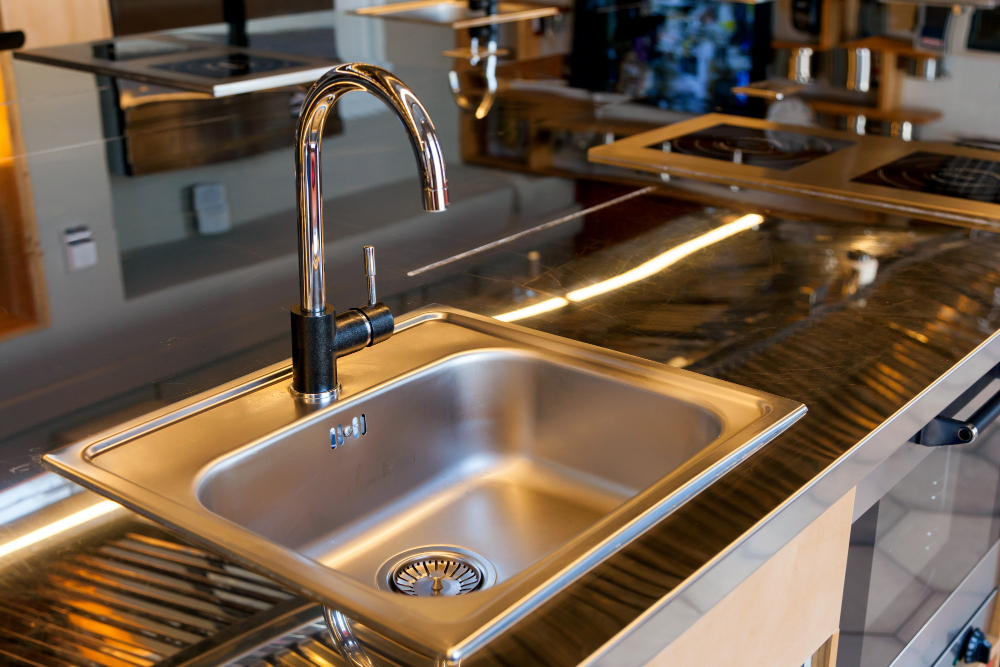
These covers come in various sizes, shapes, and colors to match your kitchen decor. They are easy to install and remove, making them a convenient option for homeowners who prefer temporary solutions.
Using sink gap covers is simple; all you need to do is measure the size of your sink’s opening and choose a cover that fits snugly into it. Once you have selected the right size cover, place it over the opening between your sink and granite countertop.
One advantage of using these covers is that they prevent food scraps from falling into hard-to-reach areas around your kitchen counter. This makes cleaning up after meal prep much more manageable since there will be no debris stuck in gaps or crevices.
Another benefit of using these types of products is that they can help reduce water damage caused by splashing during dishwashing or cooking activities near sinks with large basins like farmhouse sinks where water tends to splash out easily due its design structure.
Custom Rubber Seals
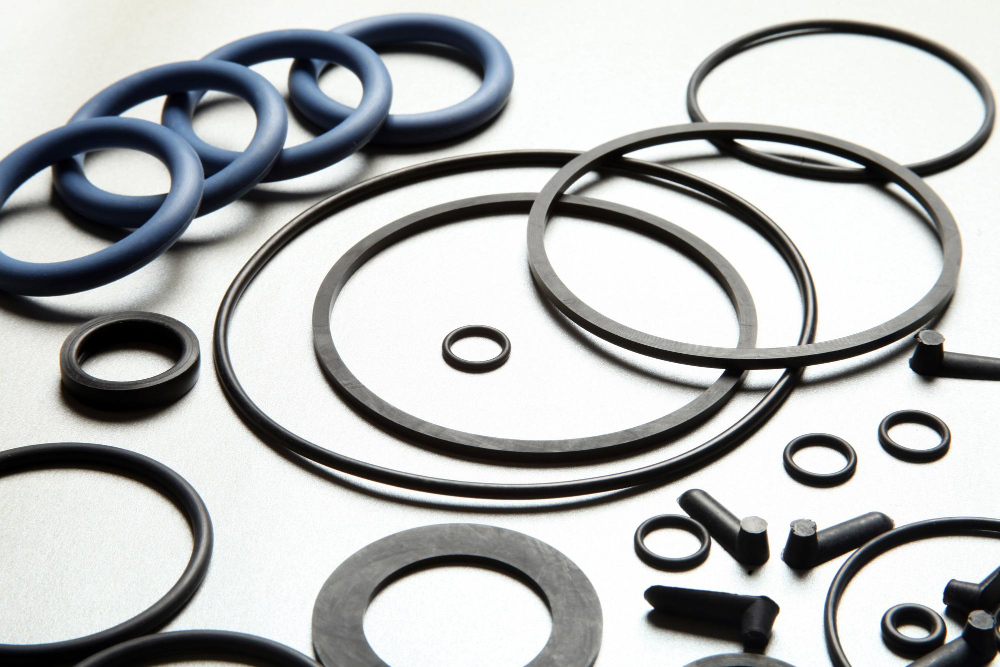
These seals come in various sizes, shapes, and colors to match your countertop’s design. They are easy to install and can be cut to fit any size of the gap.
To use custom rubber seals, you need first to measure the length of the gap between your sink and granite carefully. Then purchase a seal that matches this measurement or slightly longer than it so that you can trim it down if necessary.
Once you have purchased a suitable seal, clean both sides of the gap thoroughly with rubbing alcohol or another cleaning agent before installing it. Apply adhesive on one side of the seal then press firmly into place along with one edge at a time until fully installed.
Custom rubber seals provide an effective barrier against water damage while also preventing food scraps from getting stuck in hard-to-reach areas around your sink area. They’re also easy to remove when needed for cleaning purposes without leaving any residue behind on either surface.
Mold and Water Damage Prevention
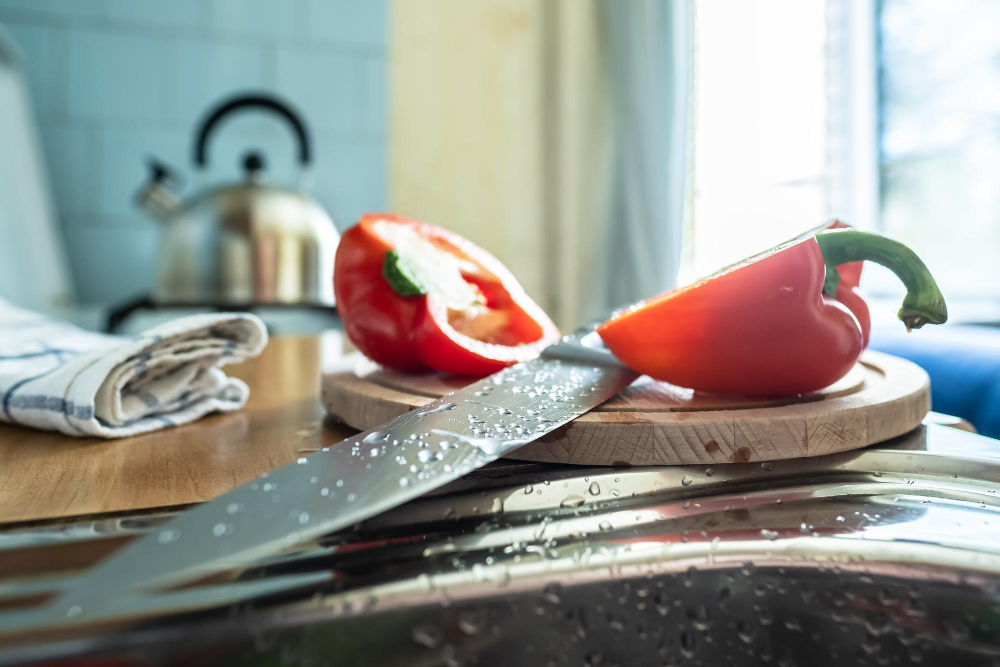
When water seeps into the gap, it can cause mold growth, which not only looks unsightly but also poses a health risk to you and your family. If left unchecked for too long, water damage can weaken the structure of your countertop or even lead to rotting of wooden cabinets underneath.
To prevent these issues from occurring in the first place, it’s essential to take proactive measures such as sealing any gaps with caulk or using custom rubber seals designed specifically for this purpose. Regularly inspecting the area around your sink is also crucial so that you catch any leaks early on before they have a chance to cause significant damage.
Periodic Gap Maintenance
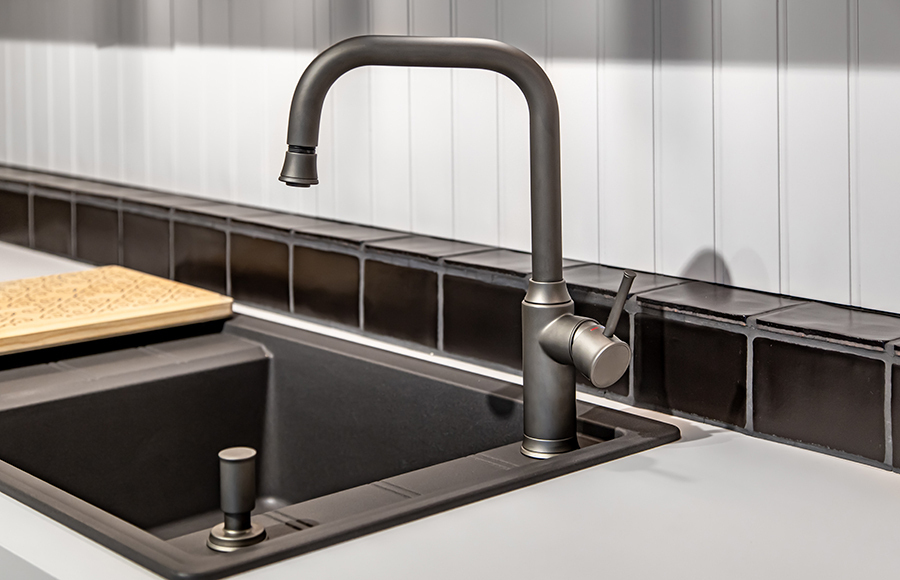
Periodic maintenance will ensure that the filler material remains intact and doesn’t crack or shrink over time. It’s recommended to inspect the gap every six months or so, depending on how frequently you use your kitchen sink.
To maintain the gap, start by cleaning any debris or food particles that may have accumulated around it using a soft-bristled brush. Next, check for any signs of wear and tear in the filler material; if there are cracks or gaps forming again, remove them with a scraper tool before reapplying new caulk.
It’s also crucial to keep an eye out for mold growth around this area as moisture can accumulate in these gaps leading to mold formation which can be harmful if left unchecked.
Installing a Backsplash
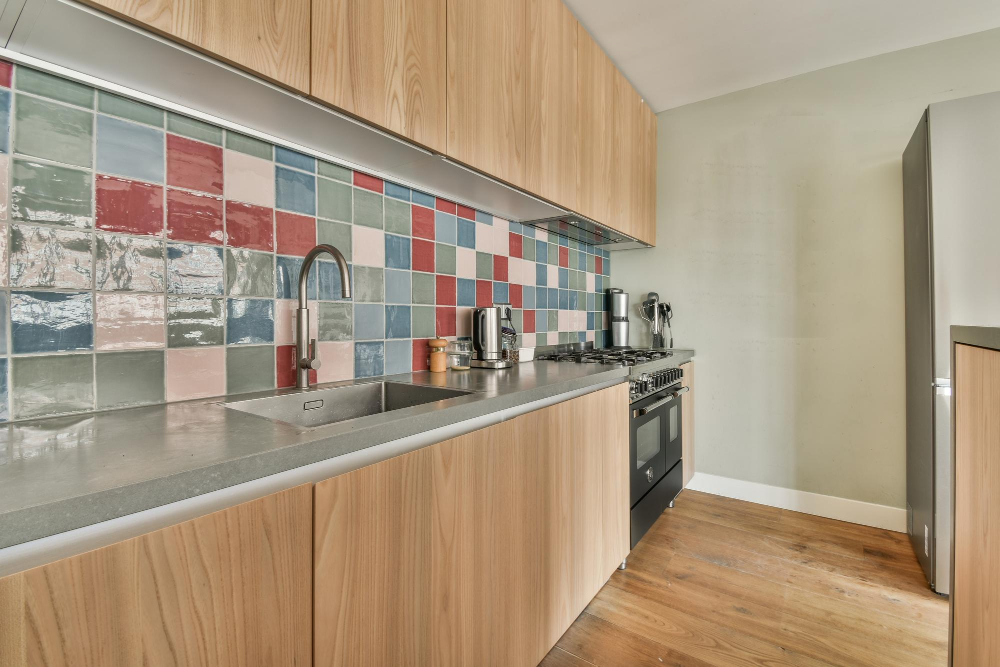
It’s also an effective solution for covering the gap between your sink and granite countertop. Installing a backsplash can be done in several ways, including using tiles, glass panels or metal sheets.
To install a tile backsplash, you’ll need to measure the area carefully and purchase enough tiles for the job. You’ll also need adhesive mortar or thin-set mortar, grout sealer, spacers and tools like trowels and cutters.
Firstly clean the wall surface thoroughly before applying any adhesive material on it. Then apply adhesive material with trowel evenly over small areas at once so that it doesn’t dry out quickly before placing each tile on top of it with spacers in between them as per design requirements.
Once all tiles are placed correctly according to design specifications then let them dry overnight after which remove spacers carefully without disturbing any tile position followed by filling gaps between each pair of adjacent tiles using grout mixture prepared earlier as per instructions mentioned on its packaging label.
Proper Sink Installation and Sink Clips
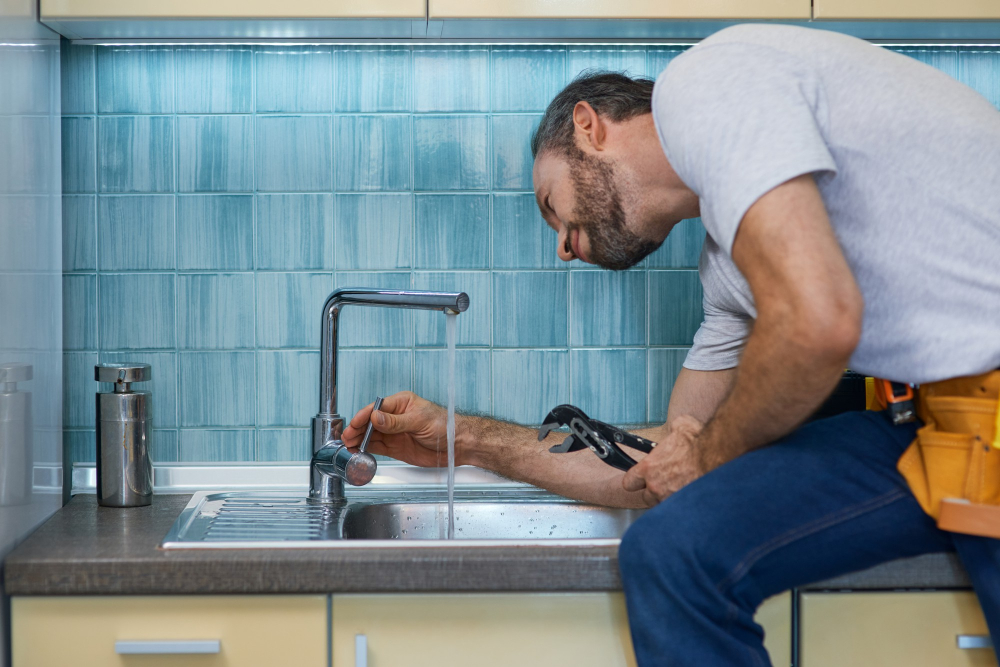
If your sink isn’t installed correctly, it can shift or move over time, causing a gap to form between the sink and countertop. To avoid this issue, make sure that you hire a professional plumber or installer who has experience in installing kitchen sinks.
Using proper clips to secure your sink in place can also help prevent gaps from forming. Sink clips are small metal brackets that attach the underside of your sink to the countertop surface securely.
They provide additional support for heavy loads on top of your counter while keeping everything level.
When choosing which type of clip to use with your particular model of kitchen sink, be sure to follow manufacturer instructions carefully as different types may require specific hardware configurations.
Avoid Heavy Objects On Countertop

Heavy items can cause cracks or chips in the granite and may even damage your sink. If you need to place something heavy on the counter, make sure it is not directly above or near the gap between your kitchen sink and granite.
For instance, if you have a large pot of water that needs filling for cooking purposes, try placing it on another part of the countertop away from where there is a gap between your kitchen sink and granite. This way, you’ll prevent any potential damage caused by its weight.
Be mindful when using appliances such as blenders or food processors that require suction cups to stay in place while operating. These devices can create additional pressure around gaps leading to further damages over time.
Prevent Water Damage
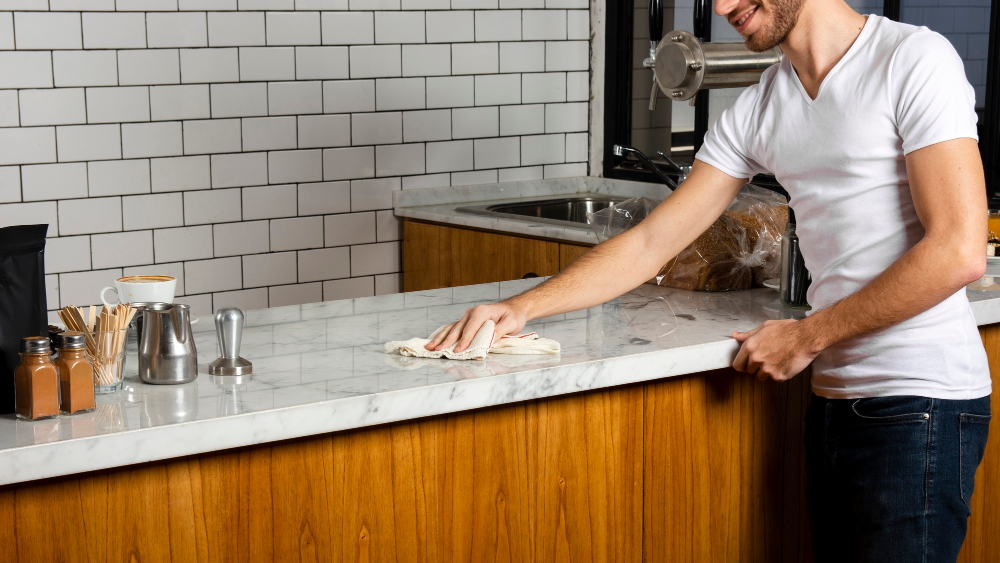
Water can seep through the gap, causing mold growth, wood rot, and other issues that may require costly repairs. To prevent water damage from occurring in your kitchen, it’s essential to take some preventive measures.
One of the easiest ways to prevent water damage is by using caulk or sealant around the edges of your sink where it meets with the granite countertop. This will create a watertight seal that prevents moisture from penetrating through gaps.
Another way to avoid water damage is by wiping up any spills or splashes immediately after they happen. Leaving standing water on your countertops for an extended period can cause discoloration and even lead to mold growth.
It’s also important not to overload your countertops with heavy objects as this could cause them to crack or shift out of place over time. You should avoid placing hot pots directly onto granite surfaces as this could cause thermal shock leading them cracking too.
Protect Countertop From Scratches
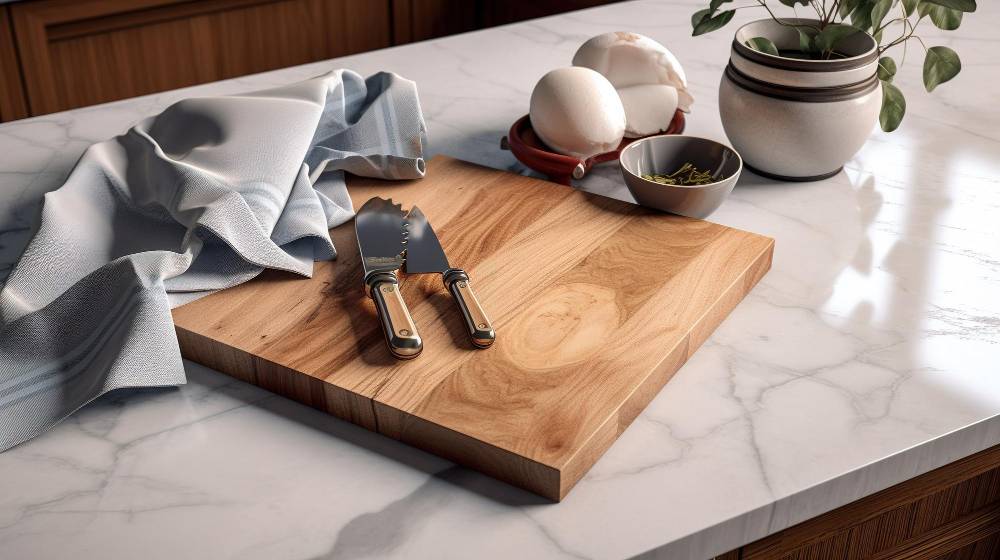
To protect your granite countertop from scratches caused by sharp objects or heavy items, it’s essential to use cutting boards and trivets when preparing food or placing hot pots on the surface. Avoid dragging heavy appliances across the countertop as this can cause deep scratches that may be difficult to repair.
You should avoid using abrasive cleaners or scrubbers that can damage the sealant on your granite countertop. Instead, use a soft cloth with mild soap and warm water to clean spills promptly.
DIY Vs Hiring a Professional
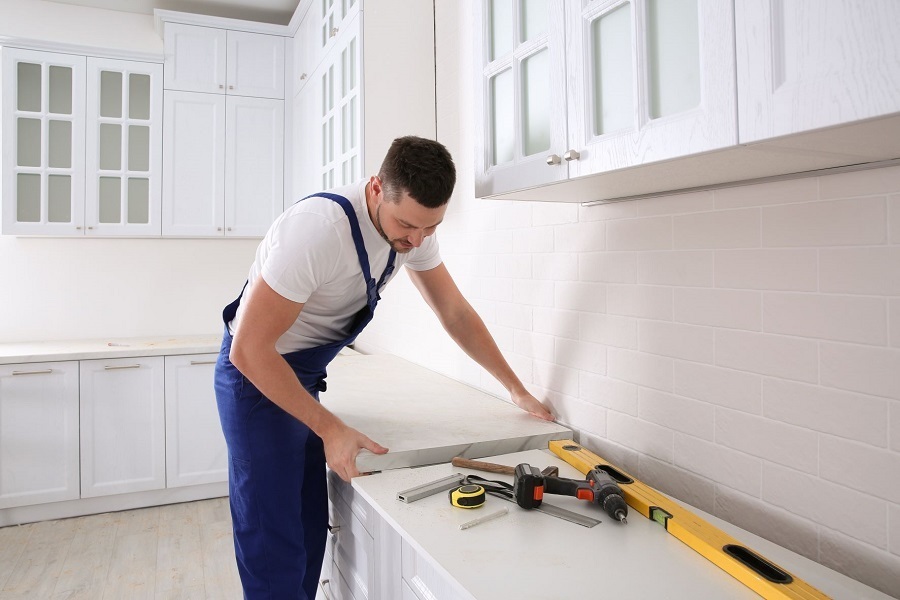
While DIY solutions can save money, they require time and effort. On the other hand, hiring a professional can ensure that your gap is filled correctly without any mistakes.
DIY options include using caulk or silicone sealant to fill in gaps around sinks and countertops. However, if not done properly, these materials can lead to water damage or mold growth over time.
Hiring a professional ensures that all aspects of filling in gaps are taken care of correctly from start to finish. They have experience with different types of materials used for sealing gaps such as custom rubber seals which provide better protection against water damage than standard caulking methods.
Common Sink-Gap Mistakes
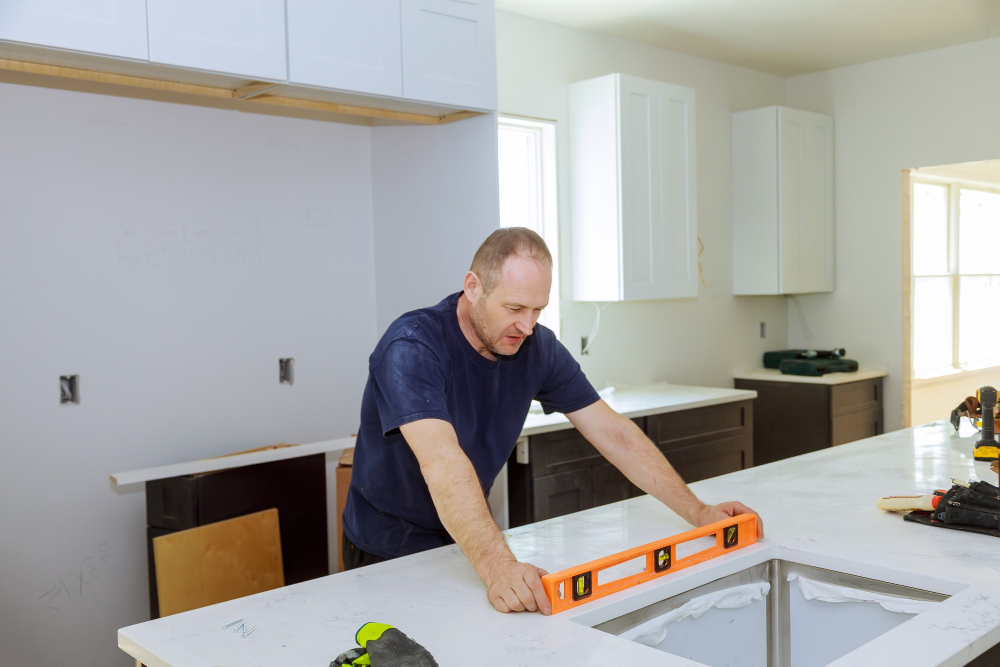
One of the most significant errors is using the wrong filler material or caulk, which can lead to water damage and mold growth over time. Another mistake is not measuring accurately, resulting in an uneven or unsightly finish.
Many people overlook periodic maintenance of their sink-gap fillers. Neglecting this crucial step can cause gaps to reappear or worsen over time due to wear and tear.
It’s also essential to avoid placing heavy objects on your countertop near the gap area as it could cause cracks in both your sink and granite surface.
Professional Solutions for Sink Gaps

A professional can help identify and fix any underlying issues that may be causing the gap between your kitchen sink and granite countertop. They can also provide expert advice on choosing the right filler material for your specific needs.
Professional solutions for filling gaps include using custom rubber seals or caulking with specialized tools to ensure a perfect fit. These methods are more durable than DIY options and will last longer without needing maintenance.
Another benefit of hiring a professional is that they can install backsplashes around sinks, which not only fills gaps but also adds aesthetic value to your kitchen space while protecting walls from water damage.
FAQ
How do you seal between granite and sink?
To seal between granite and sink, apply a bead of silicone caulking around the sink’s rim with a caulking gun, then position the sink into the granite hole by pulling it up using a string threaded through the drain.
How do I fill the gap in my sink?
To fill the gap in your sink, use steel or copper wool to fill the hole around the pipe and seal it with silicone caulk for best results, as recommended by the CDC.
What materials are best for filling the gap between a kitchen sink and granite countertop?
The best materials for filling the gap between a kitchen sink and granite countertop are silicone sealant and plumber’s putty.
Are there any long-term maintenance tips for the seal between a sink and granite countertop?
To maintain the seal between a sink and granite countertop long-term, regularly check for any damage, clean it, and reapply a high-quality silicone caulk when needed.
What potential issues can arise if the gap between a kitchen sink and granite countertop is not properly sealed?
Potential issues include water damage, mold growth, and structural damage to cabinets and countertop.
